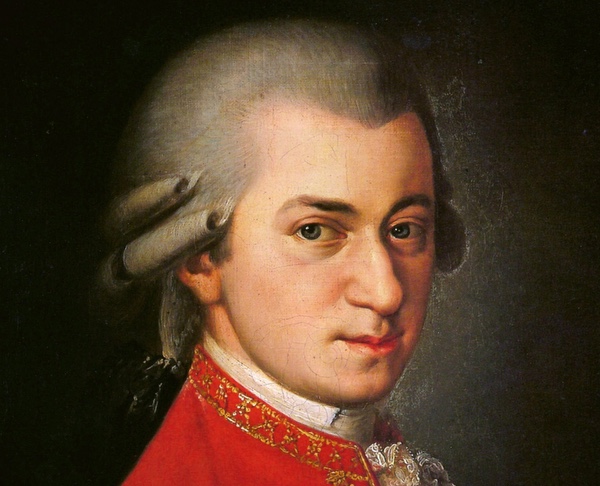MCO’s Mozart’s Piano can be heard in Melbourne on Friday 12 August at The Deakin Edge, Federation Square & Sunday 14 August at Melbourne Recital Centre.
MOZART’S PIANO
Many of the dictionary and encyclopedia entries on Wolfgang Amadeus Mozart (1756-1791) start with the simple statement that he was an “Austrian composer, keyboard‐player, violinist, violist, and conductor.” He was indeed all of these, but it hardly describes anything of the remarkable composer and the exceptional music that is so much a part of our musical life. In his short life, Mozart left an indelible mark on the development of musical taste and form, extending and refining the essential Classical structures and ideas.
The works in this program cover the period from 1774 to 1784. It was a time of transition and immense productivity in Mozart’s life. The early works were written in Salzburg and the later in Vienna.
Serenata Notturna in D major K. 239
I. Marcia Maestoso
II. Minuetto
III. Rondo Allegretto
The terms divertimento, serenade, notturno and cassation have been used at times interchangeably for a work with a collection of movements that were primarily designed for the entertainment of the listeners and the players. The terms were often associated with music for outdoor entertainment.
The D major Serenade was written in 1776 while Mozart was in Salzburg. The work is one of numerous serenades and divertimenti written during this time. It is scored for two groupings of instruments, somewhat in the style of a concerto grosso.
Piano Concerto No. 11 in F Major K. 413
I. Allegro
II. Larghetto
III. Tempo di menuetto
The F major piano concerto was one of three concertos (K. 413, 414 and 415) written in Vienna between late 1782 and early 1783 for an unsuccessful subscription concert. Mozart indicated that the concertos could be performed accompanied by a larger orchestra with wind instruments or a quartet of two violins, viola and cello.
The first movement is in triple time, almost with the character of a minuet. The movement is marked with remarkable thematic development shared between the soloist and the orchestra. The Larghetto presents a wonderfully relaxed contrast of sheer happiness and pathos. The final movement is a rondo unusually built on a minuet theme.
Piano Concerto No. 14 in E flat major K. 449
I. Allegro vivace
II. Andantino
III. Allegro ma non troppo
The concerto was completed in early 1784 and was probably composed at the same time as the three earlier concertos (K. 413, 414 and 415). It was written for his pupil Barbara Ployer. This concerto is scored for two oboes, two horns and strings. The first movement Allegro vivace fully exploits the tensions between major and minor tonalities. The Andantino is one of Mozart’s exquisitely expressive ornamental slow reflections. The finale is notable for the exploration of counterpoint particularly between the soloist and orchestra.
In a letter of December 1782 Mozart describes these concertos as “a happy medium between what is too easy and too difficult; they are very brilliant, pleasing to the ear, natural without being vapid. There are passages here and there from which connoisseurs alone can derive satisfaction; but these passages are written in such a way that the less learned cannot fail to be pleased, though without knowing why.”
Symphony No 29 in A major K. 201
I. Allegro moderato
II. Andante
III. Menuetto: Allegretto
IV. Allegro con spirito
The A major symphony was completed in Salzburg in April 1774 when Mozart was 18 years old. The symphony is scored for two oboes, two horns and strings. The first, second and fourth movements are in sonata form. The opening Allegro moderato commences gracefully with the main theme comprising of a descending octave in the violins. This is contrasted with an interplay of counterpoint that is exploited throughout the movement. The Andante is scored for muted strings with limited use of the winds. The Menuetto is marked by agitated dotted rhythms with the trio providing a graceful contrast. The finale, Allegro con spirito is marked with energy and drive and refers back to the descending octave theme in the opening movement.
The work is marked by an unselfconscious immediacy that characterises so much of Mozart’s early work. Throughout we experience the sheer enjoyment of Mozart testing ideas and pushing the boundaries of his predecessors.
*David Forrest

